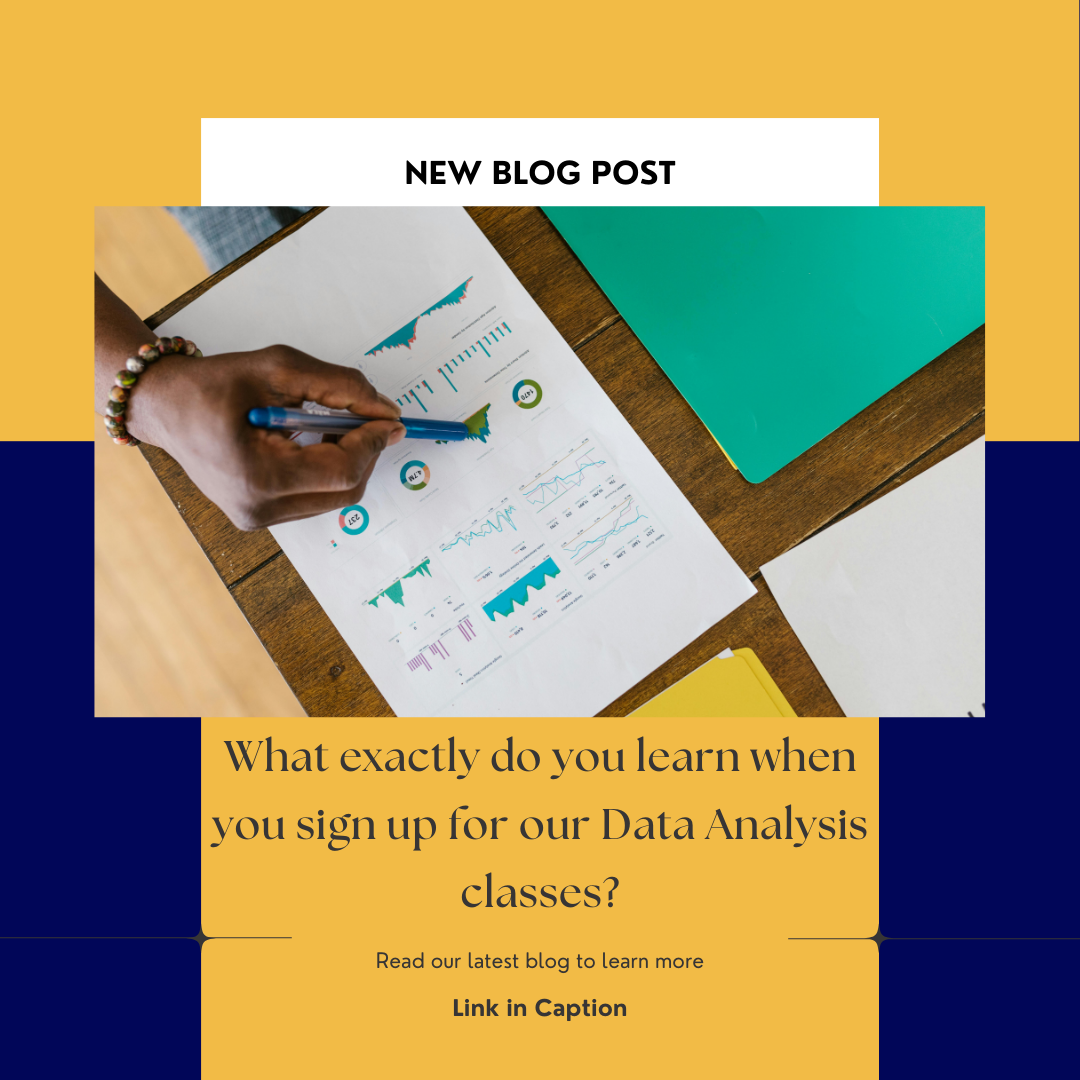Artificial Intelligence (AI) has moved beyond the realm of science fiction and into the heart of modern industry. From healthcare and finance to transportation and entertainment, AI is transforming how we live, work, and interact with the world around us. In this blog post, we'll explore the rise of AI, its impact on various sectors, and what the future holds for this groundbreaking technology.
What is AI? At its core, Artificial Intelligence refers to the ability of machines to mimic human intelligence. This includes learning from experience, recognizing patterns, making decisions, and even understanding natural language. AI encompasses several subfields such as machine learning (ML), deep learning, natural language processing (NLP), and computer vision.
AI in Industries: Revolutionizing Business AI's impact on industries is undeniable. Here’s how AI is driving innovation across various sectors:
1. Healthcare AI-powered systems are revolutionizing healthcare by improving diagnostics, treatment plans, and patient care. Machine learning algorithms can analyze vast amounts of medical data to identify patterns, leading to faster and more accurate diagnoses. For instance, AI can help radiologists detect cancer in medical images or assist doctors in predicting patient outcomes based on historical data. AI-enabled robots are even performing surgeries with precision, reducing human error and improving recovery times.
2. Finance In the financial sector, AI is optimizing processes and making predictions that were once impossible. Banks and financial institutions use AI to detect fraud, analyze market trends, and assess credit risk. Robo-advisors powered by AI are now offering personalized investment advice, making wealth management more accessible. Additionally, AI-driven algorithms are increasingly being used for high-frequency trading, analyzing real-time market data and making trades at speeds humans could never match.
3. Transportation The transportation industry is also benefiting from AI, with autonomous vehicles being the most notable advancement. Companies like Tesla, Waymo, and Uber are using AI to develop self-driving cars that can navigate roads, avoid obstacles, and make decisions based on traffic conditions. AI is also streamlining logistics and supply chain management by optimizing delivery routes and predicting demand more accurately.
4. Entertainment AI is enhancing the entertainment experience in new and exciting ways. Streaming services like Netflix and Spotify use AI algorithms to recommend content based on user preferences, making entertainment more personalized. In the gaming industry, AI is creating more immersive experiences by enabling non-player characters (NPCs) to act more intelligently and realistically. AI-generated content, from music to art, is also becoming more prevalent, pushing the boundaries of creativity.
Challenges and Ethical Concerns Despite the many benefits, AI also presents several challenges. One of the biggest concerns is the potential loss of jobs as AI systems automate tasks that were once performed by humans. Industries like manufacturing, retail, and customer service are already seeing the impact of automation on their workforce.
Another pressing issue is the ethical use of AI. As AI becomes more integrated into our daily lives, questions about privacy, surveillance, and bias become more relevant. For instance, AI systems that are trained on biased data can perpetuate discrimination in areas such as hiring, lending, and law enforcement. It’s crucial that businesses and governments establish regulations to ensure the responsible use of AI technologies.
The Future of AI: What’s Next? As AI continues to evolve, its potential is boundless. In the near future, we can expect to see advancements in AI-powered healthcare solutions, fully autonomous transportation systems, and more sophisticated AI-driven customer experiences. Quantum computing, which has the potential to exponentially increase computing power, could push AI capabilities even further, enabling more complex problem-solving and decision-making.
Moreover, the integration of AI with other emerging technologies like 5G, the Internet of Things (IoT), and blockchain will create new opportunities for innovation across industries. This convergence will lead to smarter cities, more efficient energy usage, and a more connected world.
Conclusion AI is no longer just a futuristic concept; it is here and shaping the world in ways we could have never imagined. As it continues to grow and integrate into various industries, AI is set to revolutionize business, improve lives, and unlock new possibilities. While challenges and ethical concerns remain, the potential benefits of AI far outweigh the risks, making it one of the most exciting technologies of our time.


